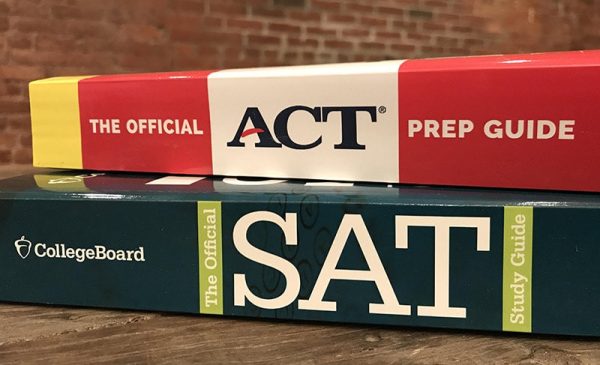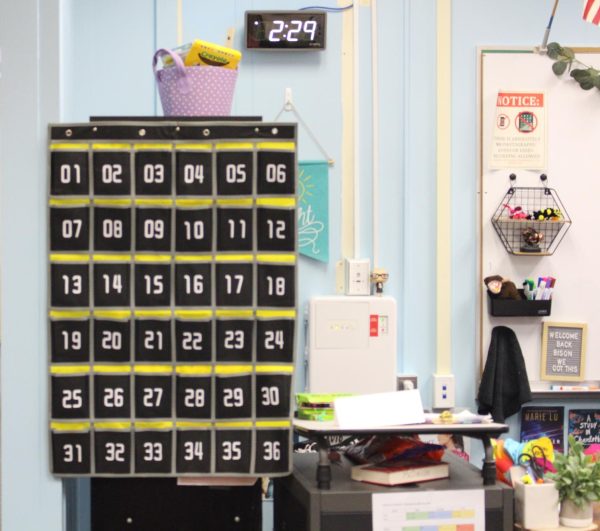Dating violence affects teens at an alarming rate
DISCLAIMER: Cami Rier posing for the sole purpose of this article
Hallmarked by Valentine’s Day, February is often referred to as the month of love as grocers stock up on heart–shaped candies, florists order red roses and restaurants book a flood of Valentine’s Day reservations. But February is not only about romance. It is also about the other side of the coin; February is National Teen Dating Violence Awareness and Prevention Month.
Contrary to popular belief, dating violence is not only physical, it also includes any controlling, abusive or aggressive behavior in a romantic relationship. It can happen in both heterosexual and homosexual relationships and involves verbal, emotional, physical or sexual abuse.
The United State’s Congress approved of nationally recognizing Teen Dating Violence Month in 2010, with the intention of bringing attention to the startling amount of abuse in the relationships of young people.
“In a 12 month period, one in 10 high school students nationwide have reported that he or she was physically hurt on purpose by a boyfriend or girlfriend,” President Barack Obama said in a presidential [proclamation] regarding Teen Dating Violence Month. “And still more young people have experienced verbal or emotional abuse like shaming, bullying or threats.”
According to the Teen Dating Violence Month website, nearly 1.5 million high school students nationwide experience physical abuse from a dating partner in a single year.
“I feel like a lot of people in high school think that dating violence is something that doesn’t actually happen,” freshman Miya Oieinik said. “But as someone who has dealt with dating violence, I know that it does. People just don’t talk about it.”
According to the same Youth Risk Behavior Survey, teens often view behaviors, like teasing and name calling, as a “normal” part of a relationship. However, these behaviors can become abusive and develop into more serious forms of violence.
“A lot of times, teens will wait until the relationship progresses into something serious before they even begin to seek help,” school counselor Jill Hamilton said “This is unfortunate because the longer teens are in these relationships the harder it is to intervene.”
According to a 2011 national survey conducted by The Centers for Disease Control and Prevention, approximately 23 percent of females and 14 percent of males have experienced rape, physical violence or stalking by an intimate partner during their relationship, yet only 10 percent of these individuals reported their abusive encounters.
“There are many different reasons why a person stays in an abusive relationship,” Hamilton said. “Sometimes it’s physical fear and sometimes it’s psychological fear, but often times it’s both. Victims often minimize the abuse they deal with to justify staying in the relationship.”
Dating violence is often a widespread form of abuse with serious long–term and short–term effects, but despite how prevalent teen dating violence is, there are ways to prevent these behaviors.
“One of the most important things you can do for anyone you suspect is dealing with this type of relationship is to refer them to a counselor or trusted adult,” Hamilton said.
According to the National Center for Victims of Crime, violence hotlines are also an effective resource for getting help and identifying possible violence abuse. Dating violence and domestic abuse hotline numbers are 1–800–799–SAFE (7233) and 1–800–787–3224.
According to the NCVC, if an individual does not feel comfortable talking to a stranger, it is imperative that they find another trusted person, such as a family member, close friend or even a school counselor to confide in.
“Many people don’t realize that dating violence happens because it isn’t often talked about,” Oleinik said. “The most important thing is to speak out.”











